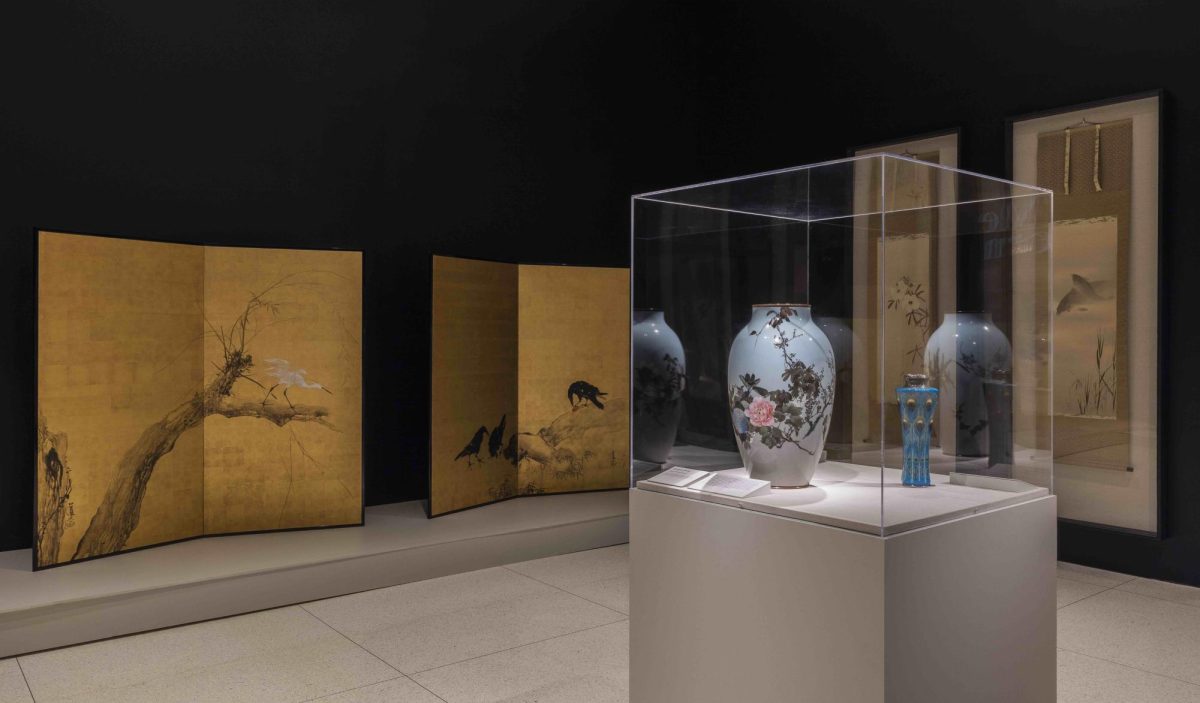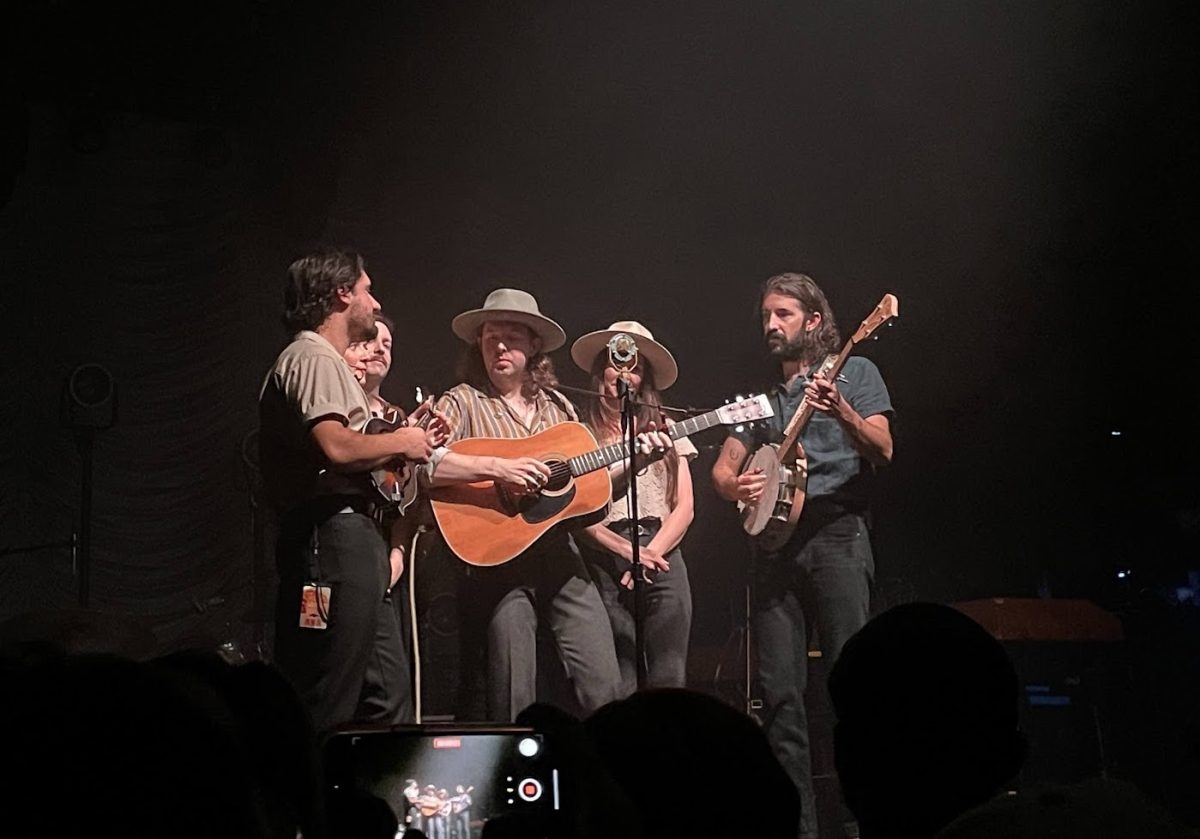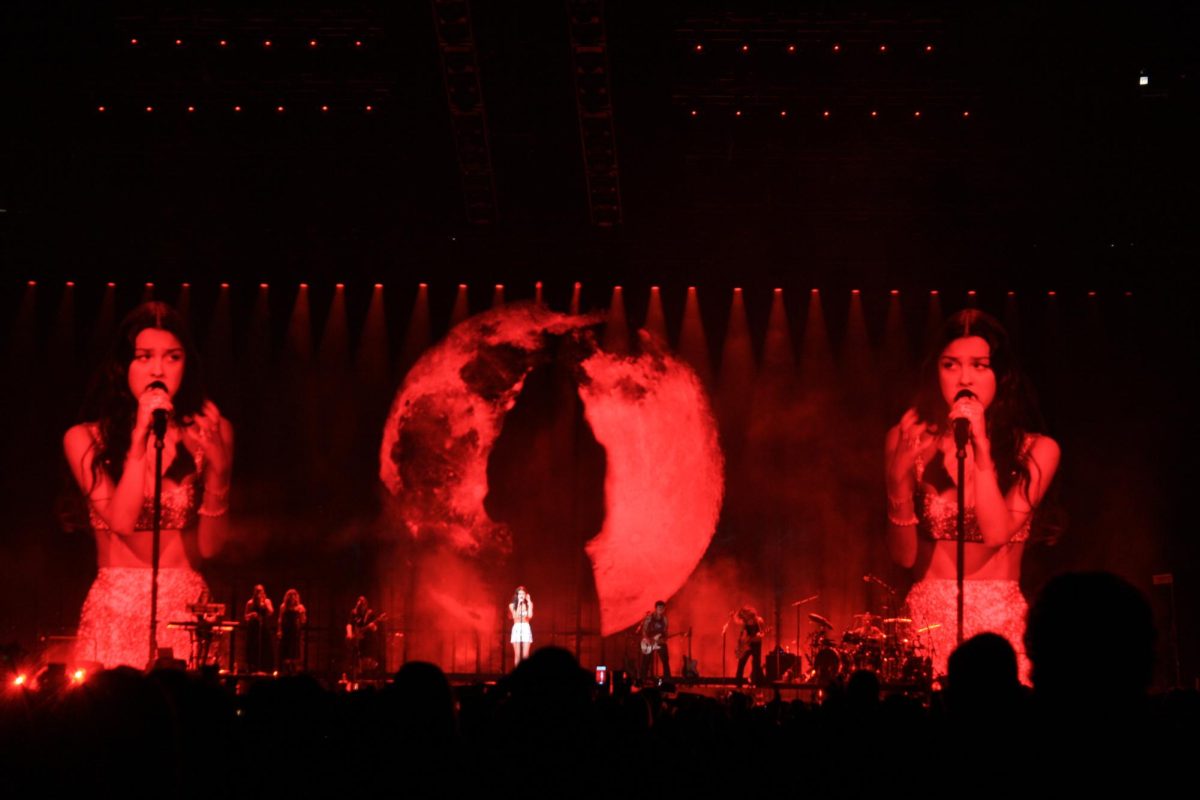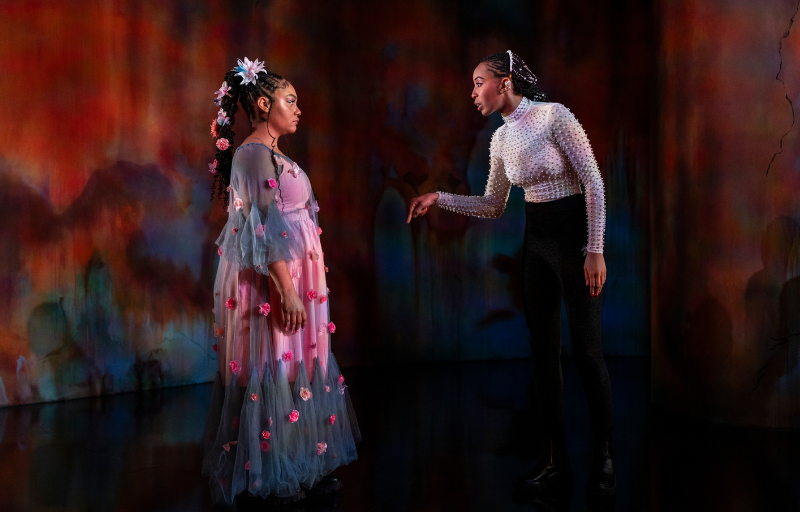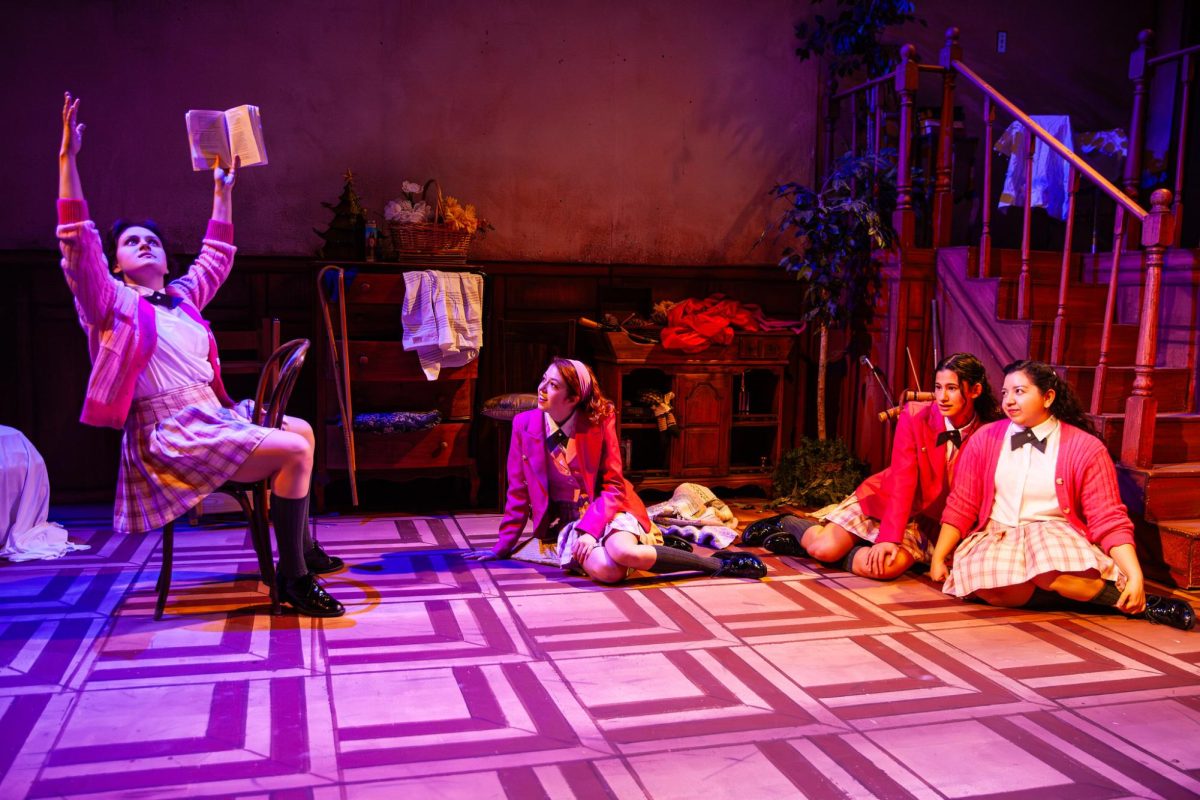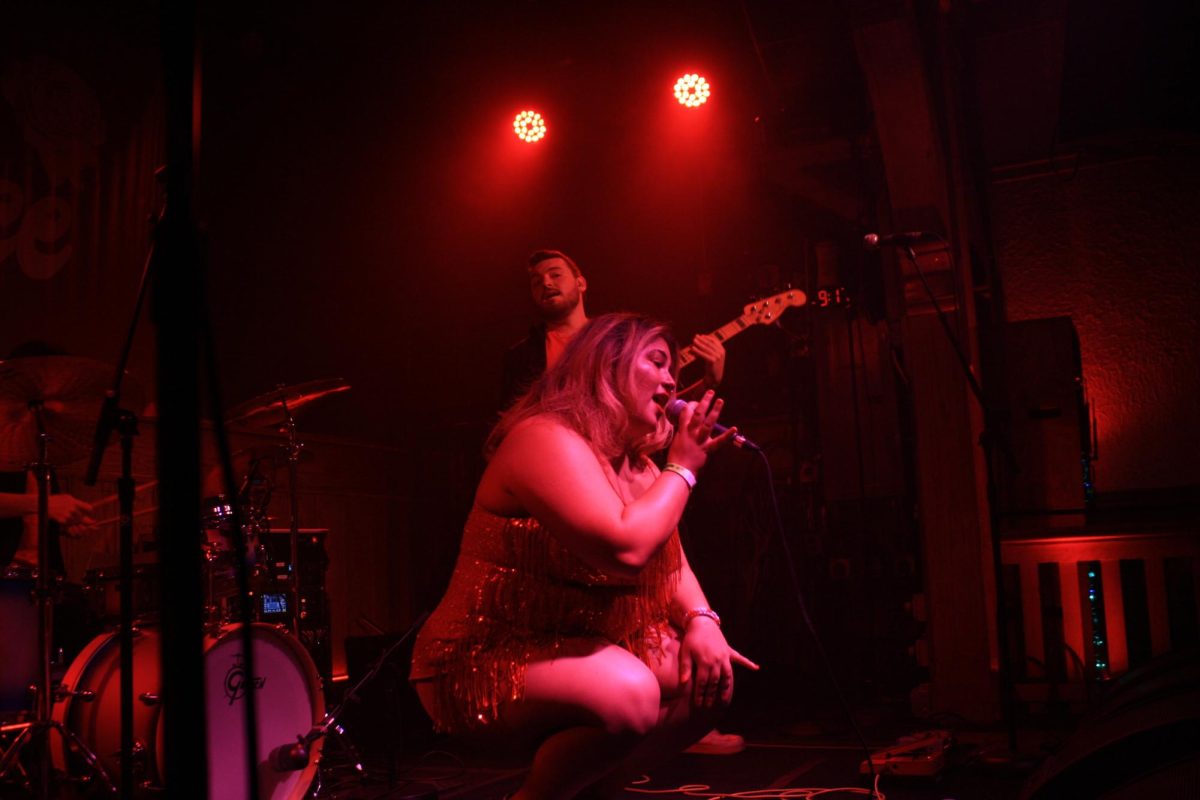If you have modern Philips CD recordings (or MP3s, for that matter) of any classical piano repertoire, chances are you have some Alfred Brendel. I know my Beethoven and Schubert primarily through his renditions. The Phillips recordings are perfectly engineered, clear, and crisp. Through good speakers, they are probably the best way to hear recordings of piano sonatas—as opposed to string quartets, the warmth of which is perhaps better conveyed on vinyl.
Hyde Park residents often knock Symphony Hall when it comes to hearing chamber music. We are very proud of Mandel Hall’s acoustics and intimacy when it comes to smaller ensembles and solo performances, and it is true that the vastness of Symphony Hall is best appreciated with a full orchestra’s sound.
But Symphony Hall’s Sunday afternoon piano recitals are, in my opinion, the time and place to see classical piano music in Chicago. The 2 p.m. start time is perfect for catching a late brunch either in Hyde Park or downtown. The #6 bus runs at frequent intervals at that time of day and gets you directly to the doorstep of Symphony Hall in about 15 minutes from 55th and South Hyde Park Blvd. The afternoon is a good time to see classical music for those of us prone to sleepiness in the evenings. And with its much larger seating capacity, Symphony Hall can draw more consistently outstanding performers than Mandel.
This is not to say that Mandel’s program isn’t excellent, because it is. The location on a university campus allows them to be more adventurous than Symphony Hall, and the fact that they cannot consistently draw huge stars often forces them to search for interesting younger groups and performers (which they do very well). But as far as piano recitals are concerned, just this year at Symphony Hall, I saw the excellent Pierre-Laurent Aimard in the fall and Alfred Brendel last week. Murray Perahia comes in March, and Peter Serkin plays in May.
But even at the level of sound, I would argue that Symphony Hall is great for the piano. I’ve seen string quartets on that stage that have seemed distant and lost in the space, but the brightness of the Steinway is suspended by the acoustics of that Hall in a pretty amazing way. If the audience is attentive, the stillness opens up room for even more luminous detail to emerge.
Schubert’s Piano Sonata in G Major is as much about the sound of the piano as any piece written in the classical era. The first movement, a massive, 17-minute moderato (whose second theme, a triplet arpeggio figure in the upper registers of the piano, drew tears from the man seated behind me) knows better even than most of Beethoven’s great slow movements the meaning of silence and restraint. The main theme returns again and again to interrupt the flow of the piece with its pauses and decrescendos. Each time, the audience is summoned to listen, to attend to the hovering harmonies in a way that is reminiscent of the second half of Kind of Blue, where Bill Evan’s chords seem to preserve or create (rather than displace or replace) stillness and silence.
The rest of the program—two Haydn sonatas and two late pieces by Mozart—confirmed my impression of Brendel as one of the great, humble musicians of our time. Never showy, Brendel is always interested in giving the music to the audience rather than just performing it. His self-effacement is as much of an achievement as his virtuosity, given the hero-worshipping culture of classical music.
Brendel’s willingness to indulge in humorous interpretation is the mark of man who does not take what he is doing too seriously. During the last movement of Haydn’s Sonata in C Major, the last piece he played, Brendel made the pauses especially abrupt, looking over his shoulder at the audience with a quizzical look. He then returned just as suddenly to the allegro molto dashes around the piano. His is a refreshing philosophy in a musical culture that—by insisting with ever greater showiness and frenzied desperation on the seriousness and the value of its art—ends by depriving the art of any value.




